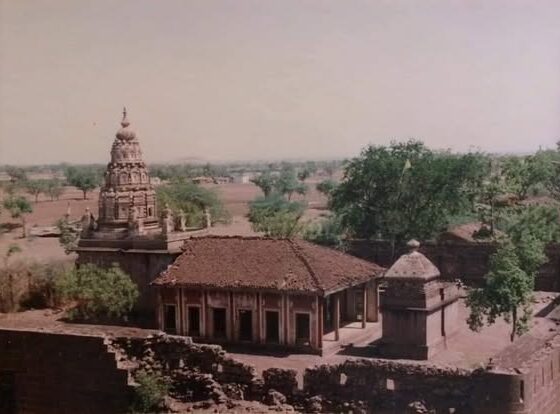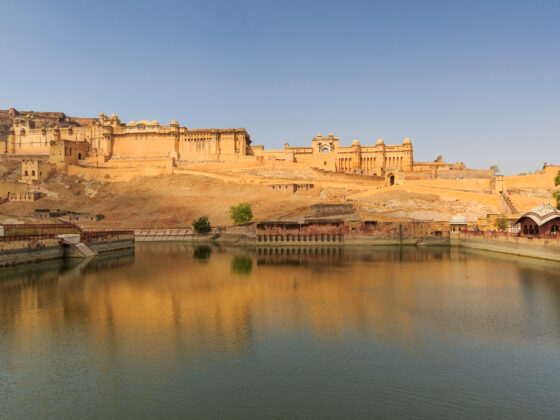The House of Scindia: A Legacy of Power, Politics, and Royalty

The House of Scindia: A Legacy of Power, Politics, and Royalty
Introduction
The House of Scindia is one of the most powerful and historically significant dynasties in India. Originating in the 18th century, the Scindia family has played a pivotal role in shaping Indian history, politics, and governance. From their rise under the Maratha Empire to their continued influence in modern Indian politics, the Scindias have remained a symbol of power and prestige. This article explores the origins, contributions, and legacy of the House of Scindia.
Origins and Early Rise
The Scindia dynasty traces its roots back to Ranoji Scindia, a trusted commander of Peshwa Baji Rao I, who laid the foundation of the Scindia rule in the early 18th century. Ranoji established his stronghold in Ujjain, which later became an important center of Maratha power. Under the leadership of his successors, particularly Mahadji Scindia, the dynasty expanded its influence and became a dominant force in northern and central India.
Mahadji Scindia (1730–1794) is widely regarded as the architect of the dynasty’s supremacy. He played a crucial role in reorganizing the Maratha army, modernizing its structure, and strengthening its military capabilities. Under his command, the Scindias became one of the most formidable forces in India, challenging both the British East India Company and rival Indian rulers.
The Role of Scindias in the Anglo-Maratha Wars
The Anglo-Maratha Wars (1775–1818) marked a turning point in the history of the Scindias. Mahadji Scindia initially resisted British expansion and emerged victorious in several battles. However, after his death, the dynasty faced internal challenges and external threats from the British.
Daulat Rao Scindia (1779–1827), Mahadji’s successor, engaged in prolonged conflicts with the British. The decisive defeat in the Third Anglo-Maratha War (1817–1818) resulted in the loss of much of their territory. Despite this setback, the Scindias retained control over Gwalior as a princely state under British suzerainty.
The Scindias and British Rule
During British colonial rule, the Scindias adapted to changing political dynamics and maintained their status as one of the most influential princely families in India. The rulers of Gwalior, particularly Jayajirao Scindia, implemented several reforms to modernize the administration, economy, and infrastructure of their state.
The Scindias were known for their patronage of art, culture, and education. They established schools, hospitals, and public institutions that contributed to the social development of Gwalior. The famous Scindia School, founded in 1897, remains one of India’s premier educational institutions.
The Role of the Scindias in India’s Independence Movement
Although many princely states remained neutral or supported the British, the Scindias had a complex relationship with the Indian independence movement. Jivajirao Scindia, the last ruling Maharaja of Gwalior, initially aligned with the British but later played a crucial role in integrating Gwalior into independent India.
In 1947, when India gained independence, the princely states were given the option to join either India or Pakistan. Jivajirao Scindia acceded to the Indian Union, ensuring a smooth transition of power. Gwalior became part of the newly formed Madhya Bharat state, which later merged into Madhya Pradesh.
The Scindias in Modern Indian Politics
The legacy of the Scindias continues in modern India, particularly in politics. Members of the Scindia family have held significant positions in Indian governance, representing both the Congress and Bharatiya Janata Party (BJP) at different times.
Madhavrao Scindia (1945–2001) was one of the most prominent political leaders from the family. He served as a Union Minister and played a key role in shaping India’s railway and civil aviation policies. His untimely death in a plane crash was a major loss to Indian politics.
Jyotiraditya Scindia, the son of Madhavrao Scindia, has carried forward the family’s political legacy. Initially a Congress leader, he later joined the BJP and became the Union Minister for Civil Aviation. His influence in Madhya Pradesh politics remains significant.
Architectural and Cultural Contributions
Apart from politics, the Scindias have contributed immensely to India’s architectural and cultural heritage. Some of the most notable landmarks associated with the dynasty include:
- Jai Vilas Palace, Gwalior: A magnificent palace that showcases European architectural influences and houses a museum displaying the Scindia family’s royal artifacts.
- Gwalior Fort: Though older than the Scindia rule, the fort was extensively maintained and enhanced by the dynasty.
- Scindia School: An elite boarding school that has produced many distinguished personalities in various fields.
The Enduring Legacy of the Scindia Dynasty
The House of Scindia remains a symbol of power, heritage, and adaptability. From being military leaders in the Maratha Empire to influential politicians in modern India, the Scindias have continuously evolved while maintaining their prominence.
Their contributions to governance, education, and cultural preservation continue to shape India’s socio-political landscape. While royal titles may no longer hold official significance, the Scindia family’s influence in Indian politics and society endures.
Conclusion
The House of Scindia is a testament to India’s dynamic history and the resilience of its leaders. Their journey from Maratha generals to modern political figures reflects a remarkable ability to adapt to changing times. Whether through governance, culture, or education, the Scindias have left an indelible mark on India’s past, present, and future.
As India moves forward, the legacy of the Scindias continues to inspire generations, proving that history and heritage are not just relics of the past but guiding forces for the future.










